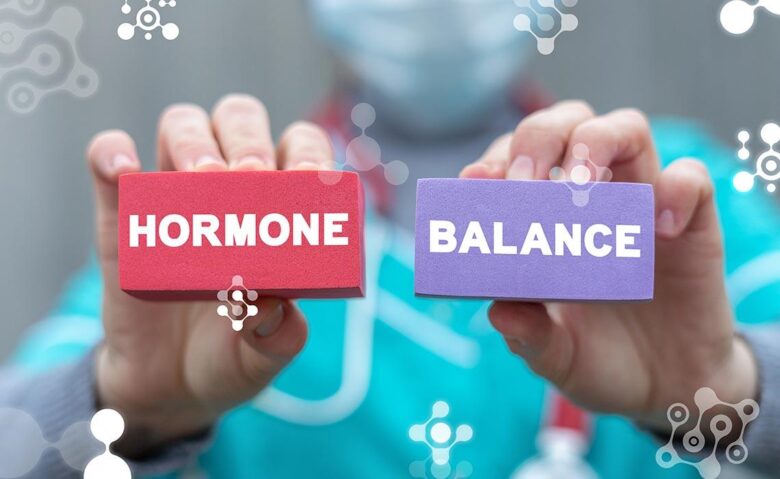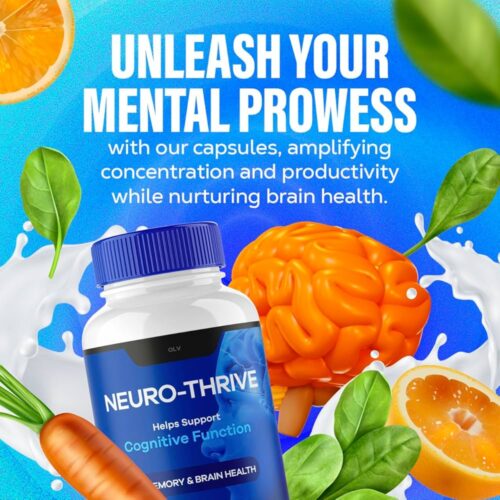In today’s fast-paced world, the pursuit of optimal health has become a journey taken by many. As we navigate the complexities of modern life, the intricate balance of hormones often plays an underappreciated yet pivotal role in our overall well-being. Among these, testosterone—often heralded as a symbol of strength and vitality—emerges as a crucial player in maintaining not just physical health but emotional and mental balance as well. This article delves into the realm of testosterone therapy, exploring its potential to restore harmony within the hormonal orchestra of the body. Whether you’re seeking to revitalize your energy, enhance mood, or reclaim a sense of vitality, understanding the nuances of testosterone therapy may illuminate pathways to a more balanced and fulfilling life. Join us as we uncover the science, benefits, and considerations surrounding this increasingly popular approach to hormonal health.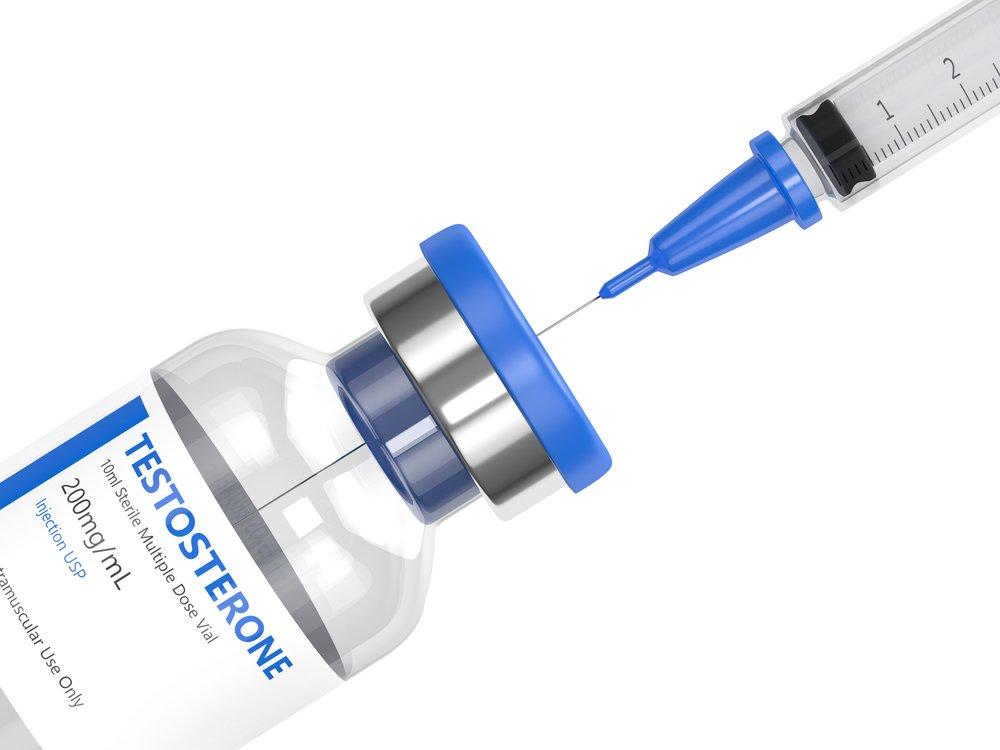
Understanding Testosterone Therapy and Its Role in Hormonal Balance
Testosterone therapy has emerged as a significant option for individuals experiencing symptoms of hormonal imbalance. It involves the administration of testosterone to restore levels that may have declined due to aging, medical conditions, or lifestyle factors. The therapy can be delivered through various methods, including injections, patches, gels, or pellets, offering flexibility based on individual preferences and medical advice. Benefits of testosterone therapy include improved mood, increased muscle mass, enhanced libido, and better cognitive functions, which together contribute to a more balanced and fulfilling life.
However, understanding the nuances of testosterone therapy is essential for making informed decisions. Before starting therapy, it’s vital to undergo comprehensive evaluations to assess hormone levels, overall health, and potential contraindications. Potential risks and side effects should also be discussed, including the possibility of cardiovascular issues, sleep apnea, or prostate changes. Regular monitoring and follow-up appointments help ensure that the therapy remains effective and safe. Here’s a concise comparison of common delivery methods:
| Delivery Method | Pros | Cons |
|---|---|---|
| Injections | Quick absorption; doctor-controlled | Painful; requires visits to the clinic |
| Patches | Easy application; consistent dose | Skin irritation; may fall off |
| Gels | Non-invasive; self-administered | Transfer risk; daily application needed |
| Pellets | Long-lasting; minimal maintenance | Surgical insertion; could cause discomfort |
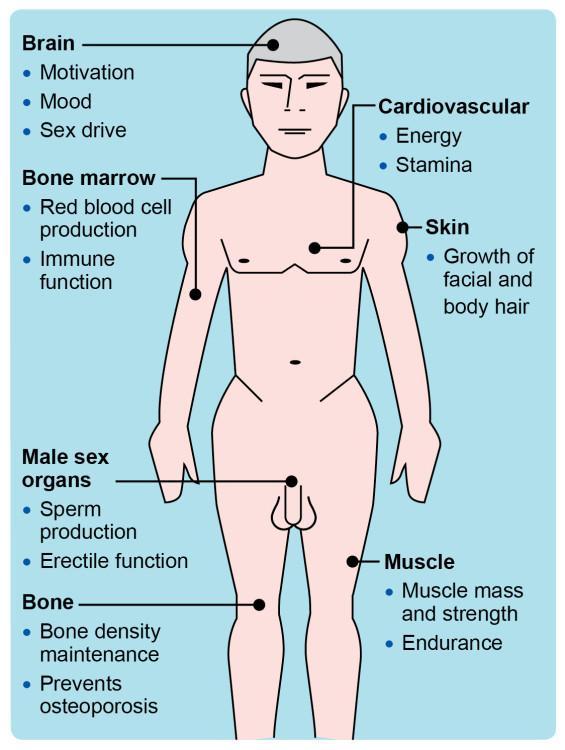
Exploring the Benefits of Testosterone Therapy for Overall Well-being
Testosterone therapy has emerged as a viable option for individuals seeking to achieve hormonal balance, ultimately enhancing their overall well-being. One of the most significant benefits is the improvement in energy levels, often leading to heightened motivation and better performance in daily activities. Additionally, testosterone therapy can significantly impact mood regulation, combating issues such as depression and anxiety, allowing individuals to experience a more balanced emotional state. Other potential advantages include:
- Increased Muscle Mass: Facilitates muscle growth and strength, aiding in fitness goals.
- Improved Bone Density: Helps in maintaining strong bones, reducing the risk of osteoporosis.
- Enhanced Libido: Often leads to improved sexual function and satisfaction.
- Better Focus and Memory: May enhance cognitive functions, promoting sharper mental acuity.
Moreover, the careful administration of testosterone therapy can assist in managing metabolism, which may benefit weight management. Patients often report a notable decrease in body fat percentage as muscle mass increases. The table below summarizes some of the key physical health improvements associated with testosterone therapy:
| Health Aspect | Potential Benefits |
|---|---|
| Energy Levels | Increased stamina and vitality |
| Mood | Improved emotional stability |
| Muscle Growth | Enhanced strength and physique |
| Bone Health | Greater bone density |
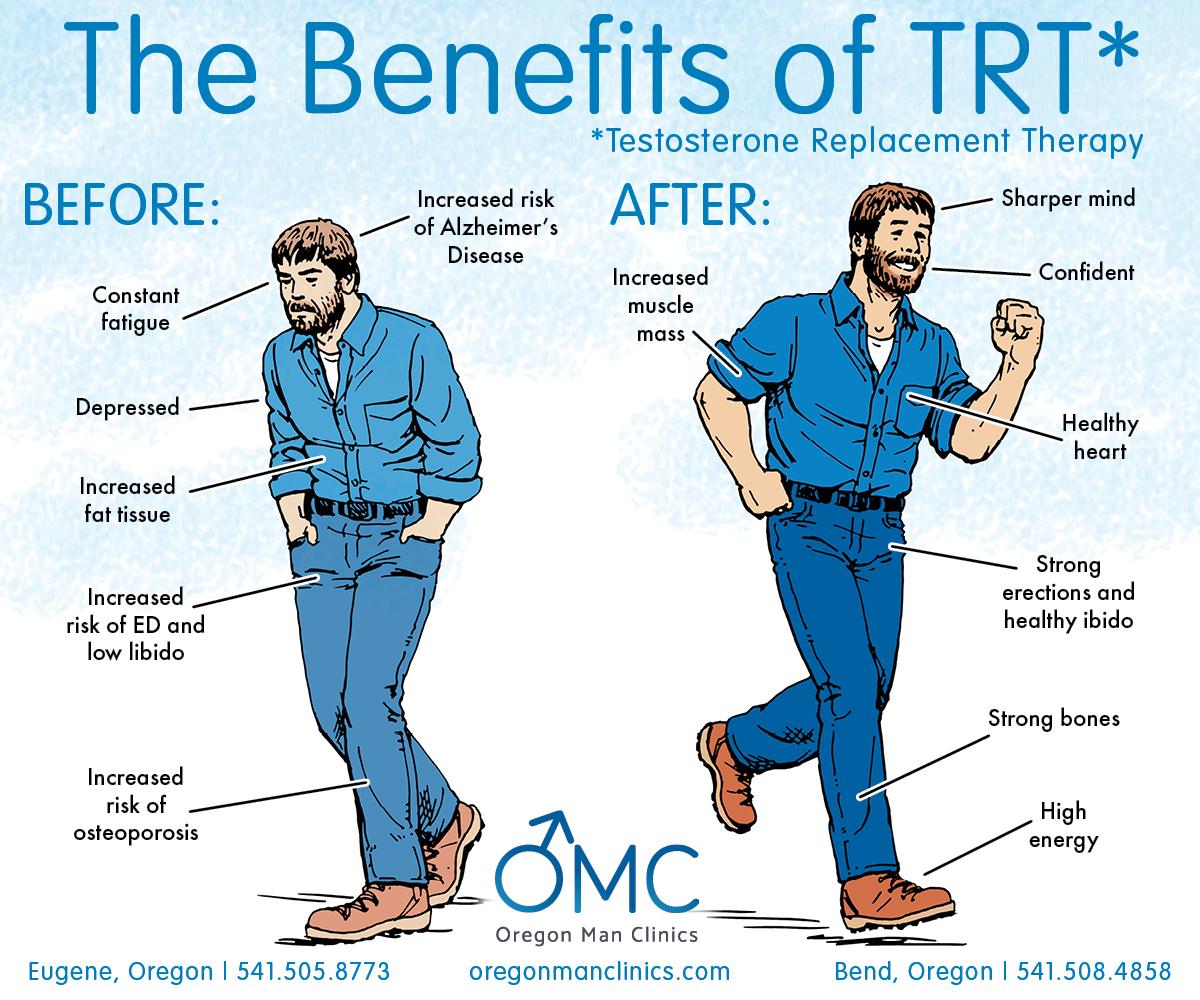
Identifying the Signs of Hormonal Imbalance and the Need for Therapy
Recognizing the indicators of hormonal imbalance is crucial for maintaining overall health. Symptoms can manifest in various ways, often leading to a diminished quality of life. Common signs include:
- Fatigue: Excessive tiredness not alleviated by rest.
- Mood Changes: Increased irritability, anxiety, or depression.
- Weight Fluctuations: Unexplained changes in weight, either gain or loss.
- Sleep Issues: Difficulty falling or staying asleep.
- Libido Changes: Decreased interest in sexual activity.
These symptoms can indicate a need to explore therapy options, such as testosterone therapy, which aims to restore equilibrium. It is essential to connect with healthcare professionals who can provide thorough assessments and tailor treatments to individual needs. Below is a brief comparison of potential therapy options:
| Therapy Option | Benefits | Considerations |
|---|---|---|
| Testosterone Therapy | Restores hormone levels, improves energy, enhances mood. | Requires medical oversight, may have side effects. |
| Lifestyle Changes | Improved diet, exercise boosts hormonal health naturally. | Results may take time, requires commitment. |
| Medication Management | Targets specific hormonal issues, potentially quick relief. | Pills may cause side effects, ongoing monitoring needed. |
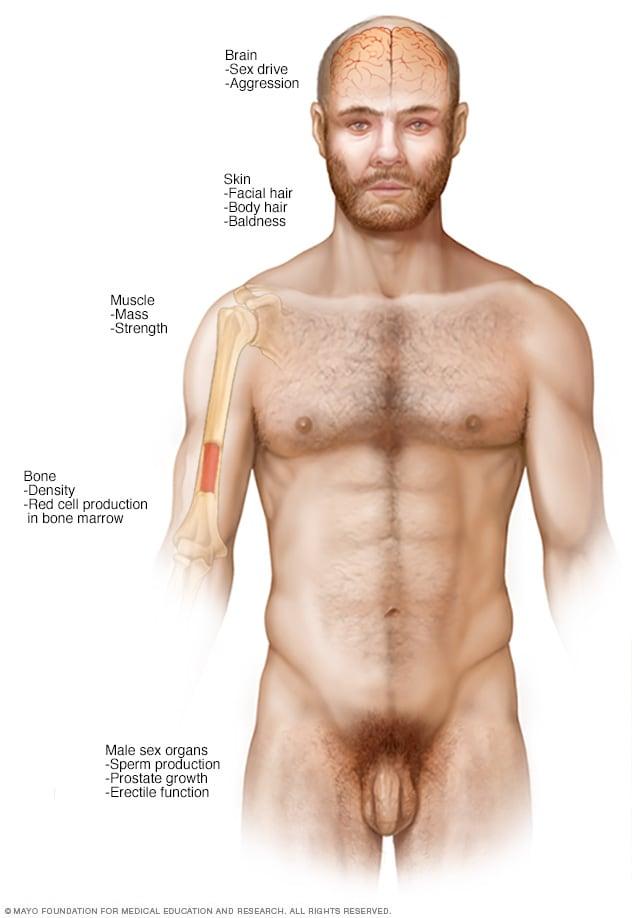
Navigating the Different Types of Testosterone Replacement Options
Understanding the landscape of testosterone replacement options is crucial for men seeking hormonal balance. Each method offers unique benefits and drawbacks that cater to different lifestyles and health considerations. The primary types include:
- Injectable Testosterone: Typically administered every one to two weeks, intramuscular injections can deliver a quick surge of testosterone. They may require more frequent doctor visits and carry the risk of fluctuating hormone levels.
- Transdermal Patches: These adhesive patches, worn on the skin, provide a steady release of testosterone throughout the day. They are convenient and easy to use, minimizing the need for needles.
- Topical Gels: Applied directly to the skin, gels are another non-invasive option that allows for flexible dosing. However, they may pose a risk of unintended transfer to others.
- Pellet Implants: Small pellets inserted under the skin release testosterone slowly over several months, offering a long-term solution that reduces the frequency of administration.
When considering these options, individuals should assess various factors, including lifestyle, comfort level with administration methods, and potential side effects. Here’s a quick comparison table highlighting some key aspects:
| Method | Frequency | Convenience | Potential Drawbacks |
|---|---|---|---|
| Injectable | 1-2 weeks | Moderate | Fluctuating levels |
| Patches | Daily | High | Skin irritation |
| Topical Gels | Daily | High | Transfer risk |
| Pellet Implants | 3-6 months | Very High | Surgical procedure |
Evaluating Potential Risks and Side Effects of Hormone Therapy
When considering testosterone therapy, it’s essential to thoroughly evaluate the potential risks and side effects that may arise during treatment. Although the benefits can be significant, particularly for those seeking hormonal balance, the possibility of adverse effects should not be overlooked. Some of the most common concerns associated with hormone therapy include:
- Cardiovascular issues: There is a possibility of increased risk for heart-related conditions.
- Changes in mood: Emotional fluctuations and irritability may occur.
- Sleep apnea: Some individuals may experience worsening symptoms of sleep apnea.
- Skin reactions: This might include acne or other dermatological issues.
Moreover, understanding the full spectrum of side effects is crucial for informed decision-making. Conversations with healthcare providers can help delineate the nuances of therapy, potential individual responses, and monitoring plans. Here’s a brief overview of various potential side effects:
| Side Effect | Potential Impact |
|---|---|
| Increased aggression | May affect interpersonal relationships. |
| Weight gain | Could lead to health complications. |
| Liver issues | Impacts overall health significantly. |
| Infertility | May affect reproductive options. |
Integrating Lifestyle Changes to Enhance Hormonal Health
To foster optimal hormonal balance, individuals can adopt various lifestyle modifications that complement testosterone therapy. Prioritizing nutrient-rich foods plays a crucial role in supporting hormone production. Incorporating healthy fats, such as those found in avocados and nuts, alongside lean proteins and whole grains can create a balanced diet that encourages hormonal stability. Additionally, regular physical activity, especially strength training and high-intensity interval training (HIIT), has been shown to naturally boost testosterone levels. Consider the following lifestyle enhancements:
- Incorporate regular exercise: Aim for at least 150 minutes of moderate exercise weekly.
- Optimize sleep quality: Prioritize 7-9 hours of restorative sleep each night.
- Manage stress effectively: Engage in mindfulness practices like yoga or meditation.
- Avoid endocrine disrupters: Limit exposure to plastic containers and harmful chemicals.
Additionally, monitoring weight and maintaining a healthy body composition is vital. Higher levels of body fat can impact testosterone levels adversely. Keeping track of one’s waist-to-hip ratio can provide insights into body composition health. A simple way to categorize this information is through the table below:
| Body Composition Category | Waist-to-Hip Ratio |
|---|---|
| Healthy | Below 0.90 |
| At Risk | 0.90 – 1.0 |
| High Risk | Above 1.0 |
Consulting with Healthcare Professionals for Safe and Effective Treatment
When considering testosterone therapy, it’s crucial to engage in thorough discussions with healthcare professionals who specialize in hormonal treatments. These practitioners can provide a personalized approach, ensuring that any therapy aligns with your specific health needs and medical history. They will assess various factors, including age, symptoms, and existing health conditions, to formulate a comprehensive treatment plan. This may include recommendations for blood tests to confirm testosterone levels, as well as consultations for any necessary lifestyle adjustments. A clear understanding of the potential benefits and risks is essential, allowing for an informed decision regarding the therapy.
In addition to primary care providers, engaging with endocrinologists or urologists specializing in hormonal therapies can further enhance treatment outcomes. These specialists offer insights into advanced treatment options, potential side effects, and the importance of ongoing monitoring throughout the therapy process. Regular follow-ups are vital for tracking progress and making any necessary adjustments. Consider the following as you consult with professionals:
- Verify credentials to ensure expertise in hormone therapy
- Discuss all symptoms thoroughly for an accurate diagnosis
- Inquire about monitoring procedures and follow-up schedules
- Ask about natural alternatives or lifestyle changes that may complement therapy
| Healthcare Professional | Role |
|---|---|
| Primary Care Physician | Initial diagnosis and treatment oversight |
| Endocrinologist | Specializes in hormone regulation and therapy |
| Urologist | Focus on male reproductive health and testosterone therapy |
Q&A
Q&A on Testosterone Therapy for Hormonal Balance
Q: What is testosterone therapy?
A: Testosterone therapy involves the administration of testosterone to individuals with low hormone levels, aiming to restore balance and alleviate symptoms associated with low testosterone, such as fatigue, low libido, and mood changes. This therapy can be delivered via injections, patches, gels, or pellets.
Q: Who might benefit from testosterone therapy?
A: Testosterone therapy is often considered for adult men experiencing symptoms of low testosterone, or hypogonadism. However, some women may also benefit, particularly those undergoing menopause, as their hormone levels fluctuate. Proper assessment by a healthcare provider is essential to determine who can benefit from this treatment.
Q: How is low testosterone diagnosed?
A: Diagnosis is typically made through a combination of symptom evaluation and blood tests. A healthcare provider will assess symptoms such as fatigue, decreased sex drive, or mood changes, and measure testosterone levels, typically through a blood sample taken in the morning when levels are highest.
Q: What are the potential benefits of testosterone therapy?
A: Benefits can include improved energy levels, enhanced mood, increased muscle mass, and improved libido. Additionally, some studies suggest that testosterone therapy may contribute to better cognitive function and bone density, although these effects can vary widely among individuals.
Q: Are there risks associated with testosterone therapy?
A: Yes, while testosterone therapy can offer benefits, it also carries risks. There are potential side effects, including increased risk of heart disease, changes in cholesterol levels, and the possibility of sleep apnea. It’s crucial for individuals to discuss these risks with their healthcare provider before starting therapy.
Q: Who should avoid testosterone therapy?
A: Testosterone therapy may not be suitable for individuals with certain conditions, such as those with prostate or breast cancer, severe urinary obstruction, or certain heart conditions. A thorough medical evaluation is essential to identify any contraindications.
Q: How is testosterone therapy monitored?
A: Monitoring typically involves regular follow-up appointments with a healthcare provider. Blood tests will be conducted to check testosterone levels, assess red blood cell counts, and evaluate liver function. Adjustments to therapy will be made as needed based on these assessments.
Q: What lifestyle changes can complement testosterone therapy?
A: Alongside testosterone therapy, a healthy lifestyle can enhance outcomes. Regular physical activity, a balanced diet rich in nutrients, weight management, and adequate sleep can all contribute to hormonal balance and overall well-being.
Q: Is testosterone therapy a long-term commitment?
A: The duration of testosterone therapy varies by individual. Some may use it for a short period to address specific symptoms, while others could require long-term treatment. Ongoing evaluation with a healthcare provider will help determine the best approach for each person.
This Q&A aims to clarify essential aspects of testosterone therapy for hormonal balance, highlighting both its potential benefits and risks. If you suspect you might benefit from testosterone therapy or have questions, consult a healthcare professional to embark on a well-informed journey.
Insights and Conclusions
In the quest for hormonal balance, testosterone therapy emerges as a significant option for those navigating the complexities of their endocrine health. While its potential benefits can be compelling—from enhanced energy and mood to improved muscle mass and libido—it’s essential to approach this therapy with a cautious and informed mindset. Consulting with healthcare professionals, exploring individual needs, and considering lifestyle choices can all play pivotal roles in achieving optimal hormonal harmony. As we continue to uncover the intricacies of our bodies, understanding therapies like testosterone treatment equips us to make better decisions about our health. Ultimately, embracing a holistic approach—balancing therapy with nutrition, exercise, and mental wellness—can guide us toward a fulfilling life marked by vitality and balance.

